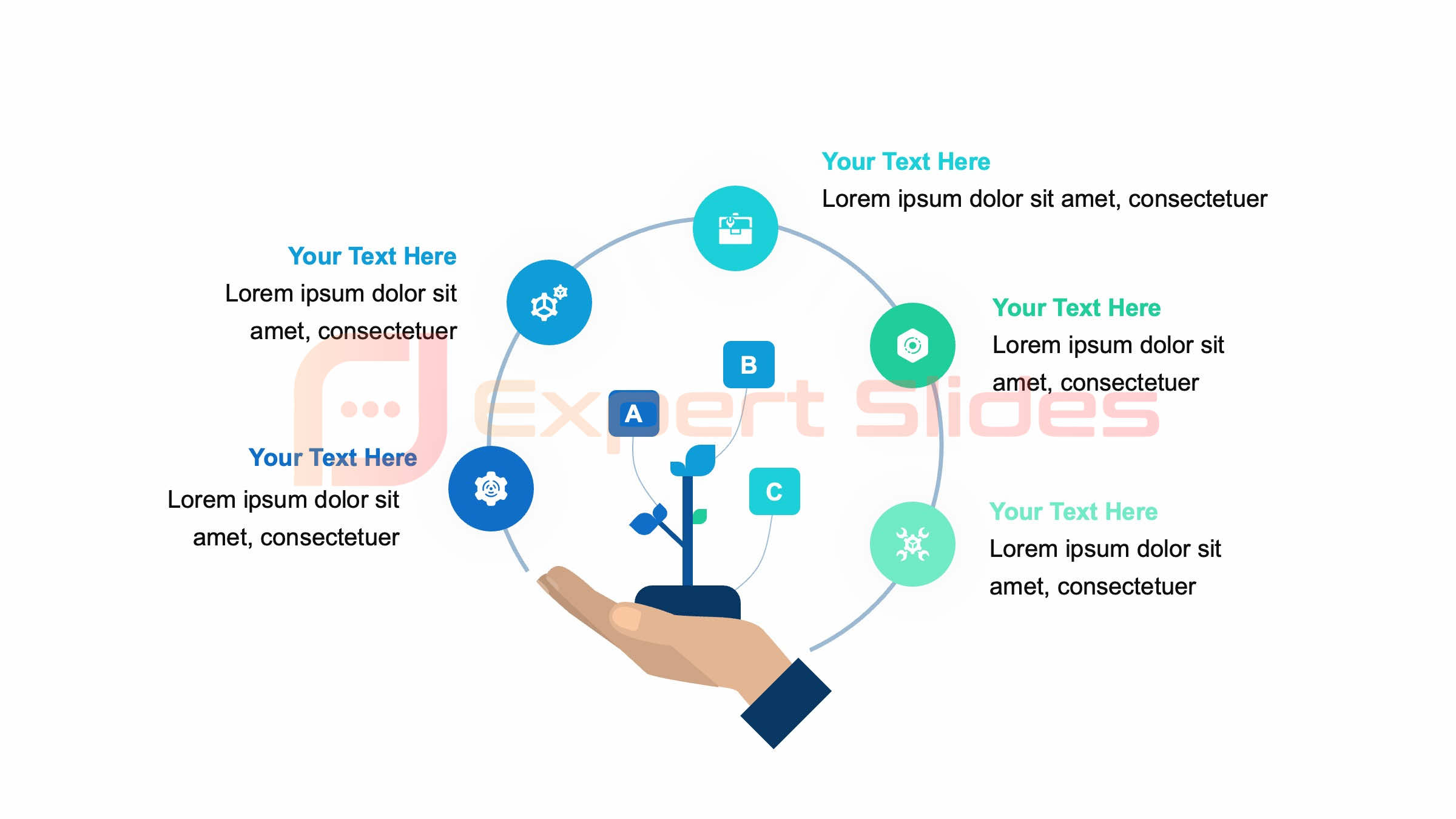Good Presentation Design – The Art of Persuasion
Table of Contents
Effective presentation design goes beyond aesthetics, serving as a crucial tool for conveying information and influencing audiences. Regardless of the context, whether it’s a sales pitch, a TED talk, or a business presentation, the manner in which information is presented significantly impacts how it is perceived. A well-crafted presentation has the power to engage audiences, maintain their focus, and ultimately drive them to take the desired action.
Key Takeaways
- Good presentation design is essential for effective persuasion and communication.
- Visual communication has a powerful impact on the audience and should be utilized strategically.
- Impactful slide designs can capture attention and convey information effectively.
- Color and typography play a crucial role in communicating messages and creating visual appeal.
- Data visualization can enhance clarity and persuasion in presentations.
Understanding the Power of Visual Communication

Enhancing Your Message with Visuals
When designing a presentation, it’s essential to consider how you can leverage visuals to enhance your message. This can be achieved by incorporating images, charts, graphs, and other visual elements to illustrate key points and make complex information more accessible.
Creating Visually Appealing and Persuasive Presentations
By understanding the power of visual communication, you can craft presentations that are not only aesthetically pleasing but also highly persuasive. By strategically using visuals, you can engage your audience, convey your message more effectively, and ultimately drive your point home.
Maximizing the Impact of Your Presentation
By harnessing the power of visual communication, you can take your presentations to the next level. By making your message more memorable, increasing comprehension, and boosting retention, you can ensure that your audience is fully engaged and receptive to your ideas.
Creating Impactful Slide Designs
One of the most important aspects of good presentation design is creating impactful slide designs. Your slides should be visually engaging and easy to understand, with a clear hierarchy of information and a cohesive visual theme. This might involve using bold colors, striking imagery, and clean, modern typography to create a professional and polished look.
It’s also important to consider the layout of your slides, ensuring that they are easy to read and navigate. By creating impactful slide designs, you can capture your audience’s attention and make a strong impression from the moment you begin your presentation.
Utilizing Color and Typography for Effective Communication
| Aspect | Metric |
|---|---|
| Clarity | Percentage of clear and concise slides |
| Visual Appeal | Rating of visual elements (color, font, images) |
| Engagement | Percentage of audience engagement during presentation |
| Impact | Rating of the overall impact of the presentation |
Color and typography are powerful tools for effective communication in presentation design. The colors you choose can evoke certain emotions and associations, and can be used to create visual hierarchy and emphasis. Similarly, typography can convey tone and personality, as well as improve readability and comprehension.
When designing a presentation, it’s important to carefully consider your color palette and typography choices to ensure that they support your message and enhance the overall visual impact of your slides.
Incorporating Data Visualization for Clarity and Persuasion
Data visualization is an essential aspect of persuasive presentation design. When presenting complex data or statistics, it’s important to use visual aids such as charts, graphs, and infographics to make the information more accessible and compelling. By presenting data visually, you can help your audience understand the significance of the information and make it more memorable.
Additionally, data visualization can help you tell a more compelling story with your data, making it easier to persuade your audience to see things from your perspective.
The Role of Storytelling in Presentation Design
 Emotional Connection through Storytelling
Emotional Connection through Storytelling
Whether you’re sharing a personal anecdote, using a case study, or crafting a fictional scenario, storytelling can help you connect with your audience and make your message more relatable.
Memorability through Narrative
By presenting your information in a narrative format, you can make your message more memorable and increase the chances of your audience remembering your key points.
Persuasion through Relatability
Ultimately, the goal of storytelling in presentation design is to persuade your audience. By making your message more relatable and engaging, you can increase the persuasive power of your presentation and achieve your desired outcome.
Designing for Engagement and Retention
Engagement and retention are key goals in presentation design. To keep your audience engaged, it’s important to create dynamic and interactive presentations that capture their attention and hold it throughout. This might involve incorporating multimedia elements, interactive exercises, or audience participation to keep things lively and engaging.
Additionally, designing for retention means creating presentations that are easy to understand and remember. By using clear visuals, concise language, and repetition of key points, you can help ensure that your audience retains the most important information from your presentation.
Tips for Delivering a Memorable and Persuasive Presentation
Finally, delivering a memorable and persuasive presentation requires more than just good design; it also involves effective public speaking skills. To make a lasting impression on your audience, it’s important to practice your delivery, maintain strong eye contact, use confident body language, and speak with passion and conviction. Additionally, it’s important to be prepared for questions and objections, and to be able to think on your feet if things don’t go as planned.
By combining strong design with effective delivery, you can create presentations that are not only visually stunning, but also highly persuasive and impactful. In conclusion, good presentation design is an art form that combines visual communication, storytelling, data visualization, and effective delivery to create persuasive and impactful presentations. By understanding the power of visual communication, utilizing color and typography effectively, incorporating data visualization for clarity and persuasion, and designing for engagement and retention, you can create presentations that captivate your audience and persuade them to take action.
With careful planning and attention to detail, you can deliver memorable and persuasive presentations that leave a lasting impression on your audience.
FAQs
What is presentation design?
Presentation design is the process of creating visual and textual content for a presentation in order to effectively communicate a message to an audience. It involves the use of design principles, such as layout, color, typography, and imagery, to enhance the overall presentation.
What is the importance of good presentation design?
Good presentation design is important because it can significantly impact the effectiveness of a presentation. Well-designed presentations can help capture and maintain the audience’s attention, convey information more clearly, and ultimately persuade and influence the audience.
What are the key elements of good presentation design?
The key elements of good presentation design include clear and concise content, visually appealing slides, effective use of color and typography, appropriate imagery, and a well-structured layout. These elements work together to create a cohesive and engaging presentation.
How does good presentation design contribute to the art of persuasion?
Good presentation design contributes to the art of persuasion by helping to create a compelling and memorable presentation that resonates with the audience. Through effective use of design elements, a presenter can enhance the delivery of their message, build credibility, and ultimately persuade the audience to take action or adopt a particular viewpoint.
Get 15+ Mio. PowerPoint Assets - FREE SIGN-UP

Sign up for free to our PowerPoint extension, ExpertSlides. Everything you need, directly in PowerPoint. No credit card required.
Related Posts
Recent Posts
Main Menu
Knowledge base
Useful Links






